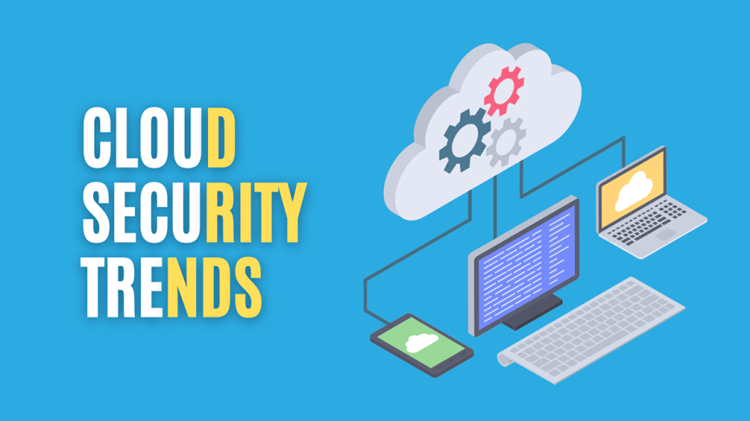In today's digital age, where data breaches and cyber threats loom large, cloud security stands as the fortress guarding against potential vulnerabilities. As businesses increasingly rely on cloud-based services to store and manage sensitive information, staying abreast of the latest cloud security trends is paramount to ensuring robust protection against evolving cyber threats.
The Evolution of Cloud Security
Gone are the days when traditional security measures sufficed to protect digital assets. With the proliferation of cloud computing, security paradigms have shifted, necessitating innovative approaches to safeguard data. The evolution of cloud security is marked by continuous adaptation to emerging threats, leveraging cutting-edge technologies such as artificial intelligence (AI), machine learning (ML), and encryption algorithms to fortify defense mechanisms.
Embracing Zero Trust Architecture
Amidst the changing landscape of cybersecurity, the concept of Zero Trust Architecture has gained prominence as a proactive approach to cloud security. Unlike conventional perimeter-based models, Zero Trust operates on the principle of "never trust, always verify," requiring stringent authentication and authorization protocols for every access attempt, regardless of the user's location or network.
Strengthening Data Encryption Protocols
In an era characterized by rampant data breaches, encryption emerges as a formidable ally in the battle against cyber threats. End-to-end encryption protocols render data indecipherable to unauthorized entities, ensuring confidentiality and integrity throughout its lifecycle. As encryption algorithms evolve, adopting robust encryption standards becomes imperative to thwart sophisticated cyberattacks.
Harnessing the Power of Artificial Intelligence and Machine Learning
The advent of artificial intelligence (AI) and machine learning (ML) heralds a new era in cybersecurity, empowering organizations to preemptively identify and mitigate security risks. By analyzing vast datasets and discerning patterns indicative of anomalous behavior, AI-driven security solutions bolster threat detection capabilities, enabling proactive intervention to thwart potential cyber threats before they materialize.
The Rise of Multi-Factor Authentication
As traditional authentication methods prove susceptible to exploitation, multi-factor authentication (MFA) emerges as a cornerstone of cloud security, adding an extra layer of defense against unauthorized access attempts. By combining two or more authentication factors, such as passwords, biometrics, and token-based authentication, MFA fortifies security posture, mitigating the risk of credential-based cyberattacks.
Enhancing Endpoint Security Measures
With the proliferation of remote work and bring-your-own-device (BYOD) policies, securing endpoints assumes paramount importance in the realm of cloud security. Endpoint security solutions encompass a myriad of measures, including antivirus software, firewalls, and intrusion detection systems (IDS), aimed at fortifying devices against malware, ransomware, and other cyber threats.
Continuous Monitoring and Threat Intelligence Integration
In an ever-evolving cyber threat landscape, continuous monitoring and threat intelligence integration are indispensable components of a robust cloud security strategy. By leveraging real-time insights into emerging cyber threats and vulnerabilities, organizations can preemptively fortify their security posture, proactively identifying and mitigating potential risks before they escalate into full-blown security breaches.
Conclusion
In the dynamic realm of cybersecurity, staying ahead of the curve is imperative to safeguarding your digital assets against evolving cyber threats. By embracing cloud security trends such as Zero Trust Architecture, data encryption, AI-driven threat detection, and multi-factor authentication, organizations can fortify their security posture and mitigate the risk of cyber attacks in an increasingly interconnected world.





0 comments:
Post a Comment